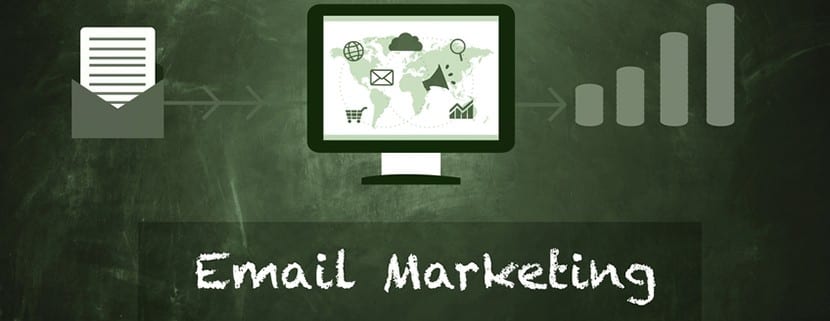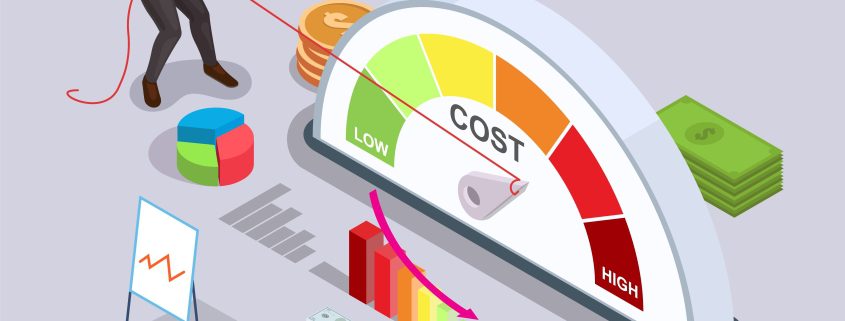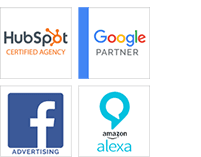For years, the only way to reach audiences was through traditional types of advertisement such as print, TV, and radio. While these types of advertisement methods are still available, new methods of reaching your audience have opened up online; for example, streaming platforms. If you haven’t looked into advertising on a streaming services/platform, then you should.
Advertising on Streaming Services/Platforms
Streaming services/platforms, such as Netflix or Spotify, are like the online versions of radio and TV. The only difference being everything is available on demand. Essentially, the programming is more customizable. This allows users to create a more personal experience in regards to what they listen to and what they watch.
Traditional TV and radio is limited to the number of people watching or listening to any given program.Streaming platforms have more data available when it comes to the individual user and their watching or listening behaviors. This means that advertisers will be able to leverage their buyer persona information to more effectively reach their target audience with different types of advertisement methods using streaming services/platforms.
Due to the nature of streaming, advertisers often receive more exposure as well. For example, instead of running an ad on a show that airs once a week, you can run an ad on a show that can be streamed at any time. Since many consumers binge-watch their shows, you can gain massive amounts of exposure, staying at the top of mind by advertising throughout an entire season or series of a show. You’ll also be able to target more niche shows, podcasts or musicians that you know your specific target audience is more likely to be engaged with.
Learn More:3 Ways To Use Targeted Marketing To Reach Qualified Prospects
The following are some of the different types of advertisement options available on some of the more popular streaming channels:
YouTube TV
YouTube TV is YouTube’s attempt to develop their own content streaming platform/service. It provides viewers with 50 live TV channels for a monthly fee. They’ve also made some innovations in regards to their different types of advertising options. For example, you can now target your ads to viewers that watch most of their TV online (also known as cord-cutters). You’ll also be able to use their DoubleClick Bid Manager. DoubleClick Bid Manager specifically targets viewers who are watching YouTube TV on their TV screens. This allows you to tailor different types of advertisements based on the environment in which they will be shown.
Hulu
Hulu is a video streaming platform with over 17 million subscribers. It is unique as it offers multiple ways to target your audience, and has numerous customization options. For example, their Targeted Blitz ability allows you to target by demographics, geographic area, genre, content length, and more. Splash allows you to intercept almost every unique viewer on a single day. Additionally, you can align your brand with episodes of specific shows. Hulu will even help hand-pick shows based on thematic relevance to your brand.
Spotify
Spotify is the most popular audio streaming subscription service on the planet. It has over 650 million users. Besides running targeted audio-only ads, there are plenty of other advertising opportunities available on the platform. These include podcast partnerships, sponsored playlists, and more.

Pandora
Pandora‘s streaming platform is based on being able to create personalized radio stations. Roughly 78 million people listen to Pandora every month. Pandora allows users to customize their listening experience, giving them access to extremely valuable data. This data can then become leverage to target your audience. Pandora also only serves one ad at a time, which means your ad won’t get buried under a sea of running advertisements.
Google Play Music
Google Play Music is another popular music streaming platform that boasts access to more than 30 million songs. Their advertising platform provides access to both Lightbox ads and TrueView video ads; both of which are mobile-optimized and easy to set up. You will be able to use keywords, remarketing, and affinity audiences in order to target your audience at the right time. Google Music Play allows the use of Google AdWords to set up marketing campaigns.
DirecTV Now
DirecTV is a streaming service that provides users access to more than 25,000 on demand shows and movies. They currently have slightly over 20 million subscribers. DirectTV allows you to run your ads on the most popular shows and on demographically targeted networks. You can also lock into marquee programmings (such as season premieres and finales), and reach your audience across multiple devices. You can even run ads that viewers can interact with directly on their screens.
These streaming services/platforms have enormous audiences and can provide you with a great chance to boost your brand awareness. Additionally, they offer a variety of different types of advertisement options to help fit your brand’s specific needs.














 by creating more location-based content or even by opening a store in that location.
by creating more location-based content or even by opening a store in that location.













